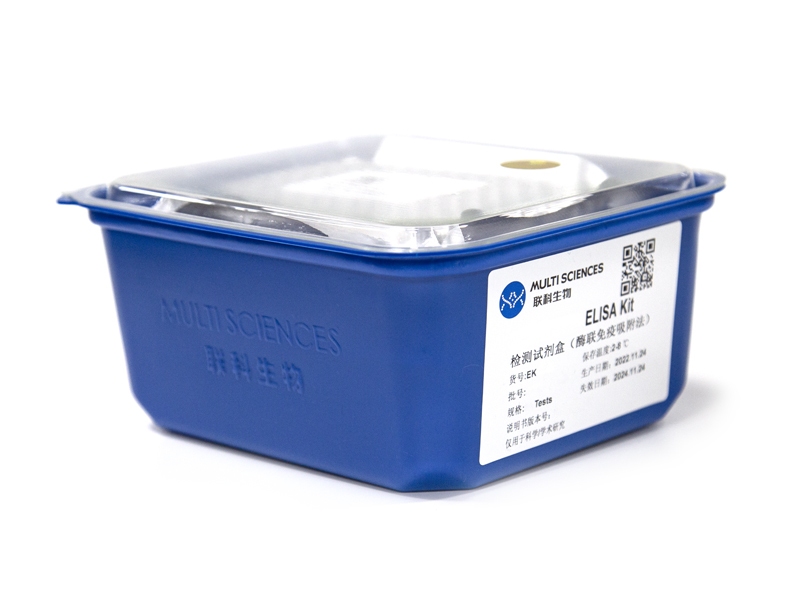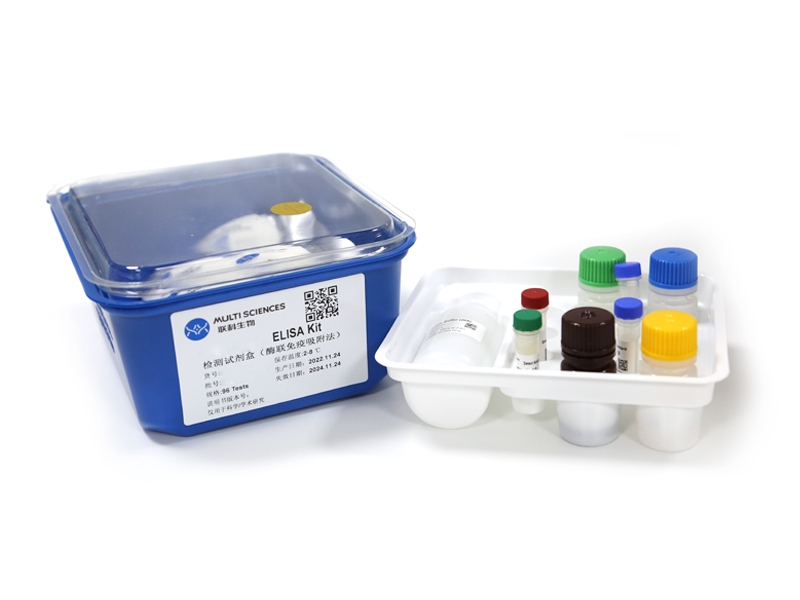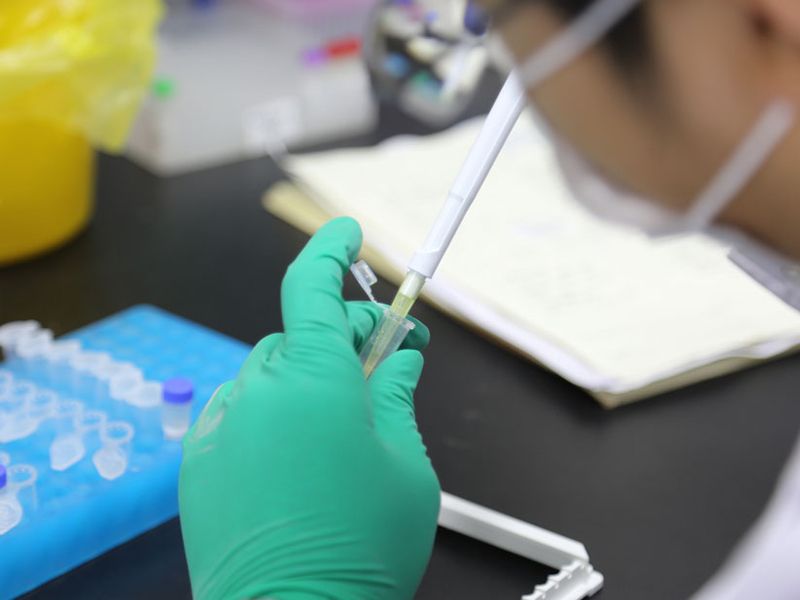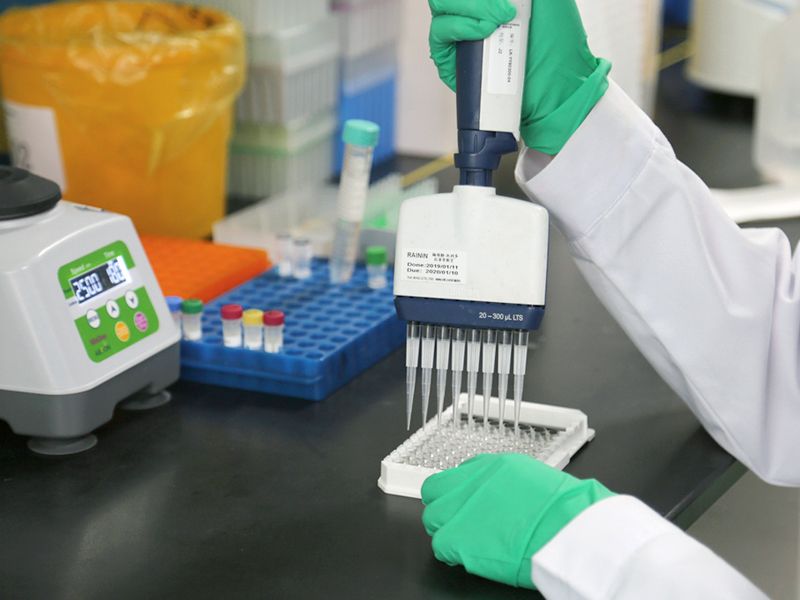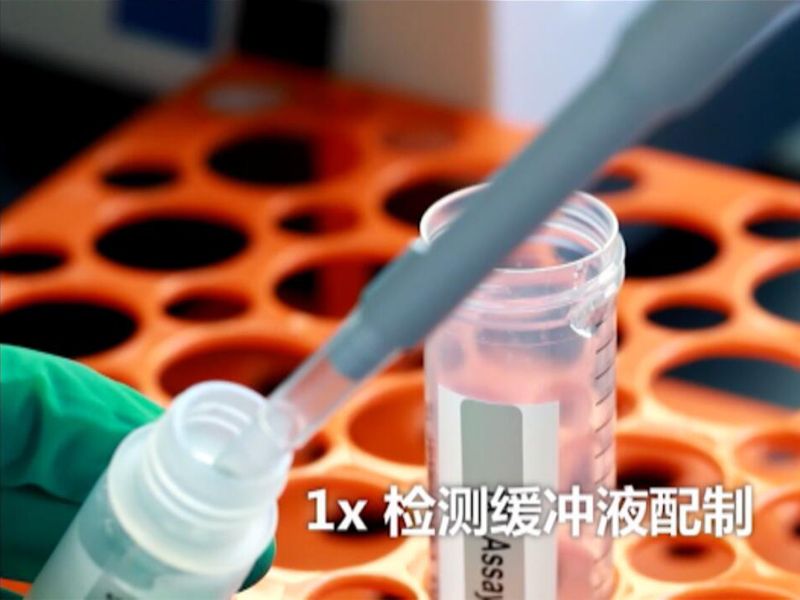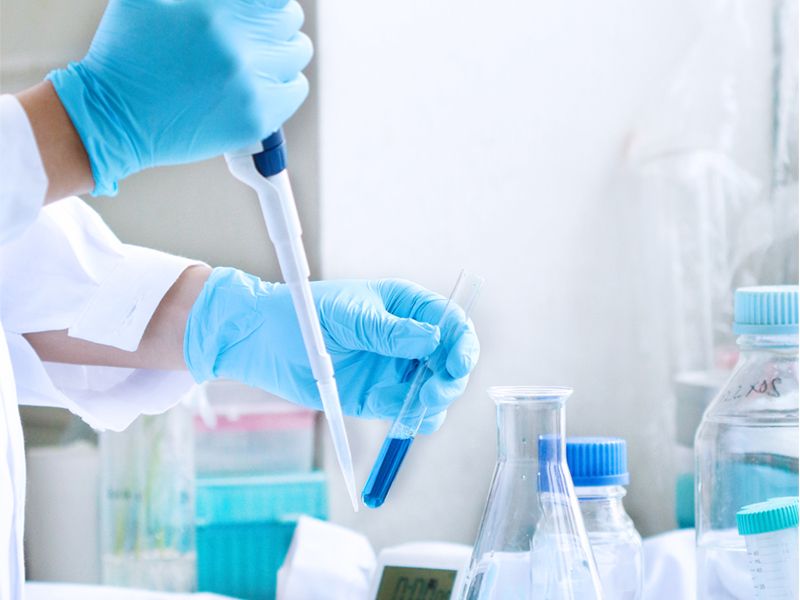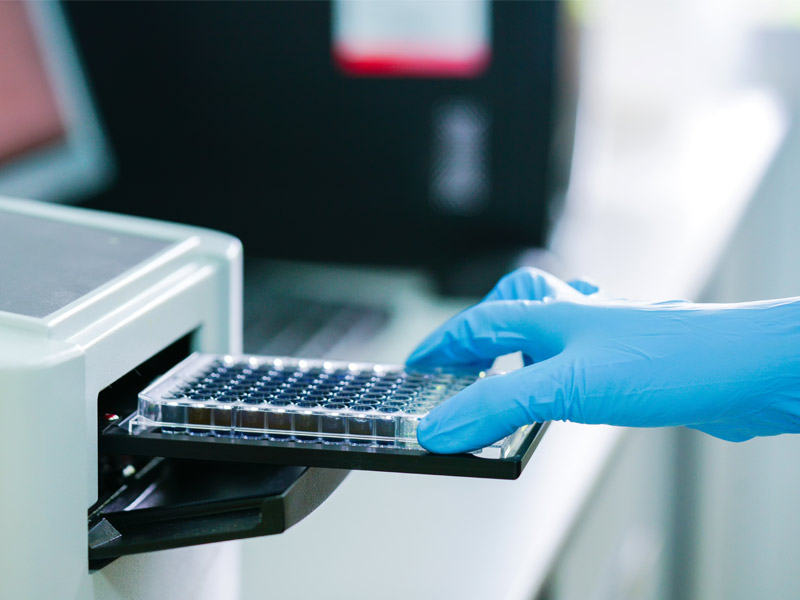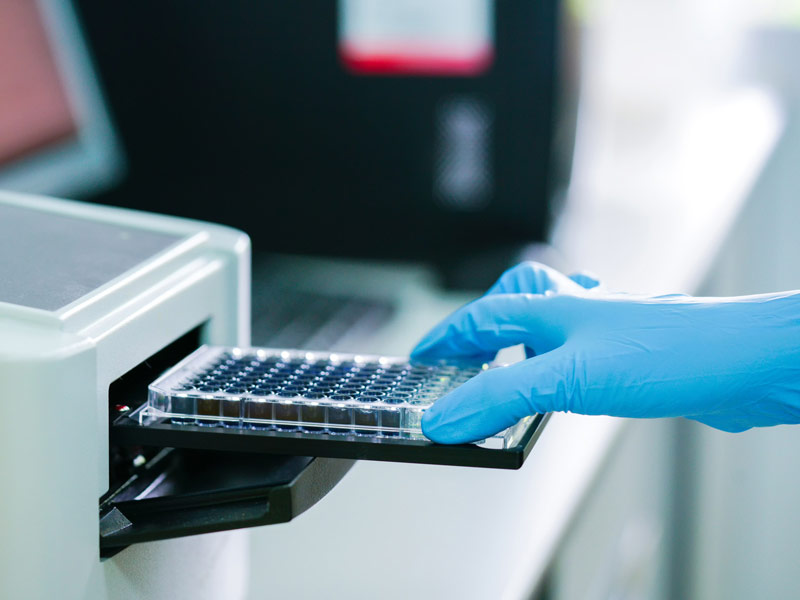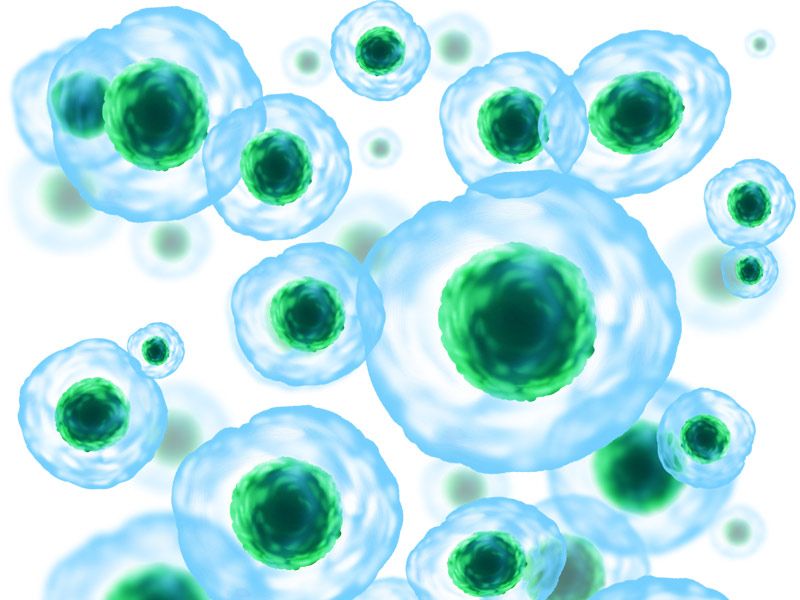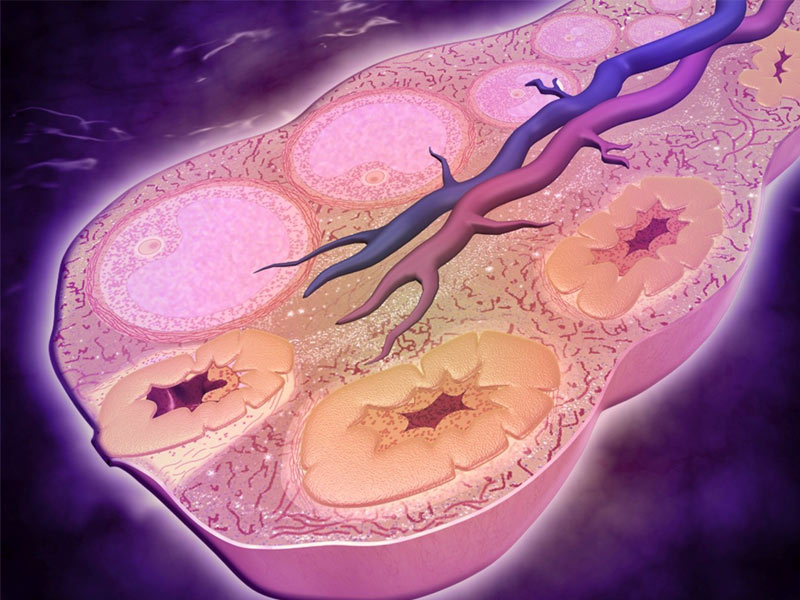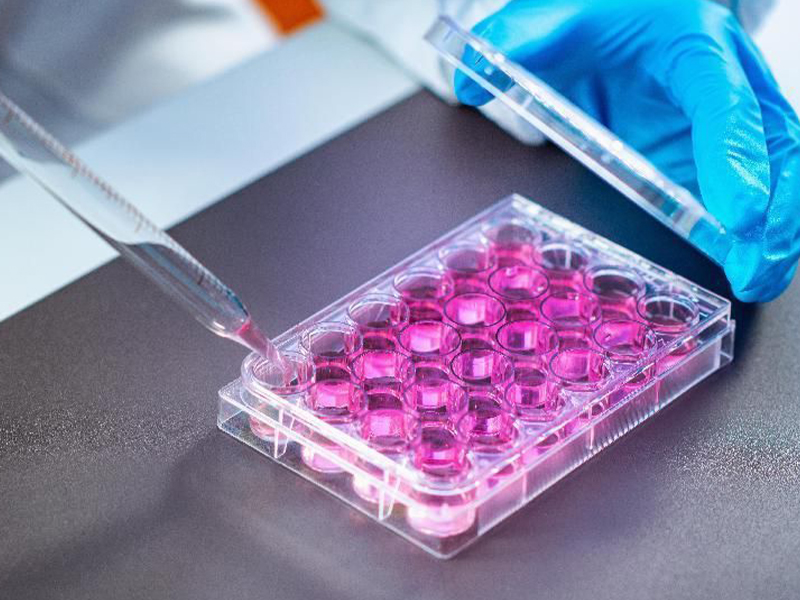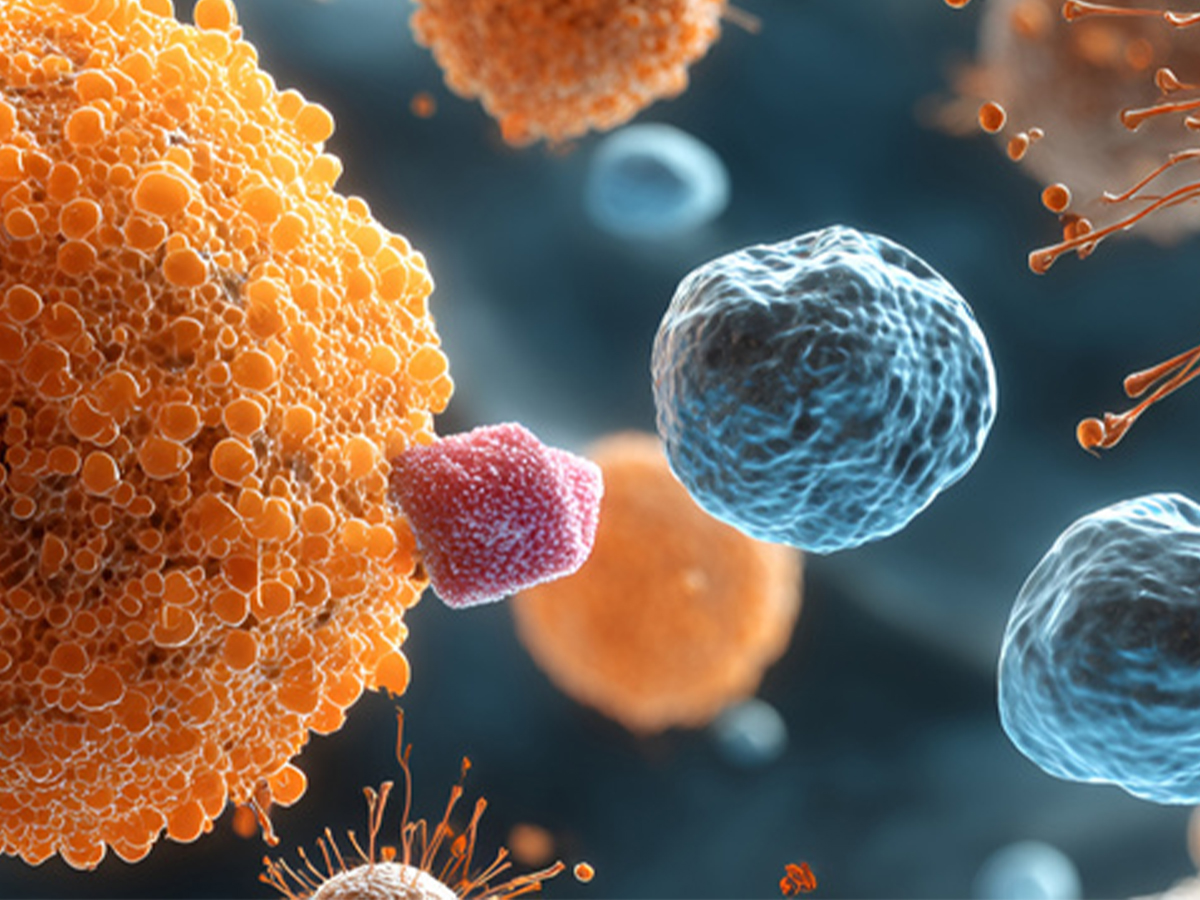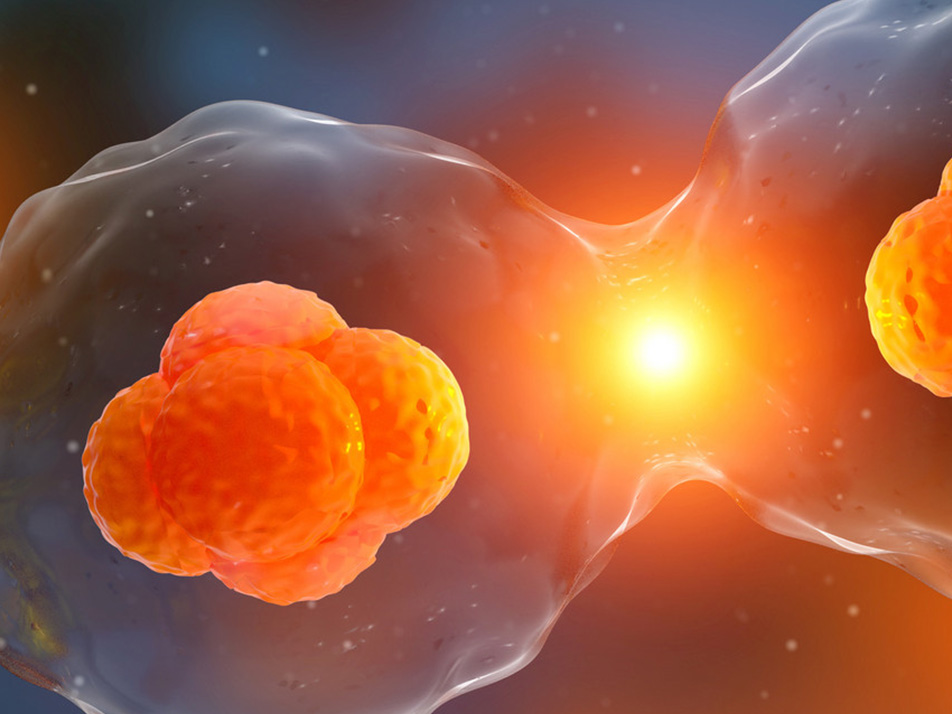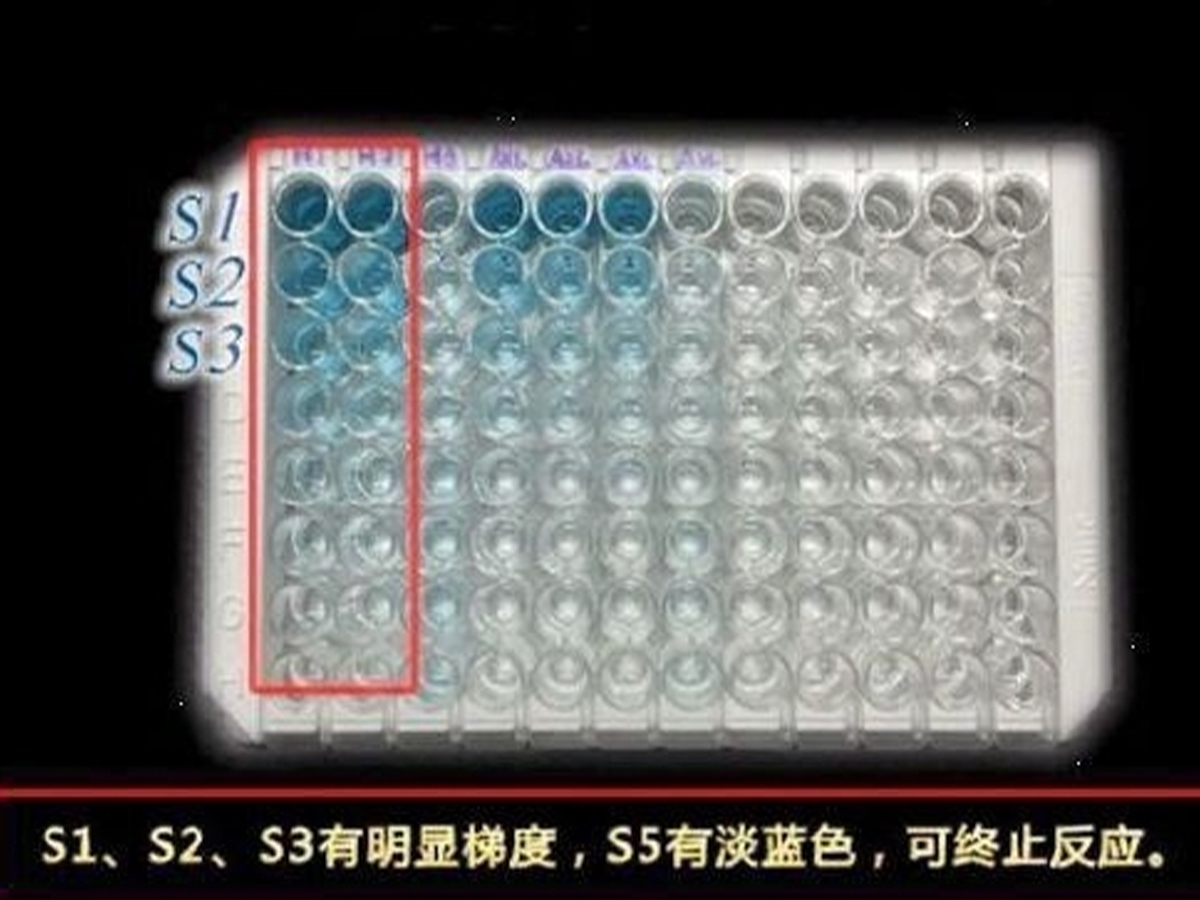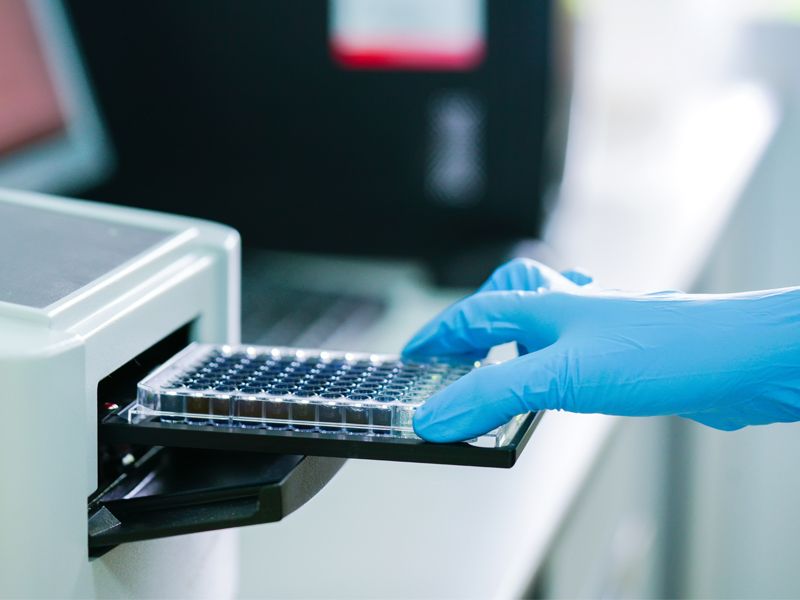Human sCD40L Standard (人CD40配体 标准品)
¥280.00
- 分子靶点:CD40LG, CD40L, TNFSF5, CD154
- 种属:人 (Human)
- 试剂盒:EK188
- 保存:短期4℃保存,长期-20℃保存
- 运输条件:4℃蓝冰运输
在售SKU:70-EK188S
文章目录[隐藏]
本产品只包含标准品试剂,如需购买试剂盒请点击下图
-
- EK188
- ELISA试剂盒
Human sCD40L ELISA Kit检测试剂盒(酶联免疫吸附法)
- ¥1,600.00 – ¥2,650.00
| 商品名 |
Human sCD40L Standard (人CD40配体 标准品) |
|---|---|
| 组分 |
人sCD40L 标准品 |
| 板式 |
管 |
| 保存 |
短期4℃,长期-20℃保存 |
| 运输条件 |
4℃蓝冰运输 |
分子信息
CD40LG 分子靶点信息概述
- 分子名:CD40LG, CD40 ligand
- 基因家族:CD molecules; Tumor necrosis factor superfamily
- 别名:CD40L; TRAP; gp39; hCD40L; CD154
- 曾用名:HIGM1; IMD3; TNFSF5
- 全称:CD40 antigen ligand; tumor necrosis factor (ligand) superfamily member 5; T-B cell-activating molecule; TNF-related activation protein; hyper-IgM syndrome; tumor necrosis factor (ligand) superfamily, member 5 (hyper-IgM syndrome)
CD40LG 分子靶点综述
CD40配体(CD40L/CD154)是TNF分子超家族中的一员,它是一种分子量为39kDa的糖蛋白,主要表达于活化的T细胞。分子量为15-18kDa的可溶性CD40L(sCD40L)通过蛋白水解产生。CD40L与抗原提呈细胞(APC)表面的CD40结合,根据不同的靶细胞类型可产生多种效果。CD40L作为共刺激分子,对T细胞亚群滤泡辅助性T细胞(Tfh细胞)尤其重要。在Tfh细胞中,CD40L与B细胞表面的CD40结合,促进B细胞成熟和功能发挥,从而促进细胞与细胞之间的联系。CD40L基因的缺失导致无法发生免疫球蛋白类型转换,且与高IgM综合征有关。CD40L缺失也会阻断生发中心形成,因此阻止适应性免疫系统中的重要过程即抗体亲和力成熟。
人 Human CD40LG 分子靶点信息
- 分子名:CD40LG, CD40 ligand
- 别称:
- CD154
- CD40 antigen ligand
- CD40-L
- CD40L
- gp39
- hCD40L
- HIGM1
- IGM
- IMD3
- T-B cell-activating molecule
- T-BAM
- T-cell antigen Gp39
- TNF-related activation protein
- TNFSF5
- TRAP
- tumor necrosis factor (ligand) superfamily member 5
- 基因序列:NCBI_Gene: 959
- 蛋白序列:UniProtKB: P29965
人 Human CD40LG靶点分子功能(预测)
Enables CD40 receptor binding activity and integrin binding activity. Involved in several processes, including cell surface receptor signaling pathway; positive regulation of cytokine production; and regulation of apoptotic process. Located in cell surface. Implicated in several diseases, including Kawasaki disease; autoimmune disease (multiple); combined T cell and B cell immunodeficiency (multiple); hematologic cancer (multiple); and lupus nephritis. Biomarker of several diseases, including allergic rhinitis; autoimmune disease (multiple); cardiovascular system disease (multiple); diabetes mellitus (multiple); and hematologic cancer (multiple).


